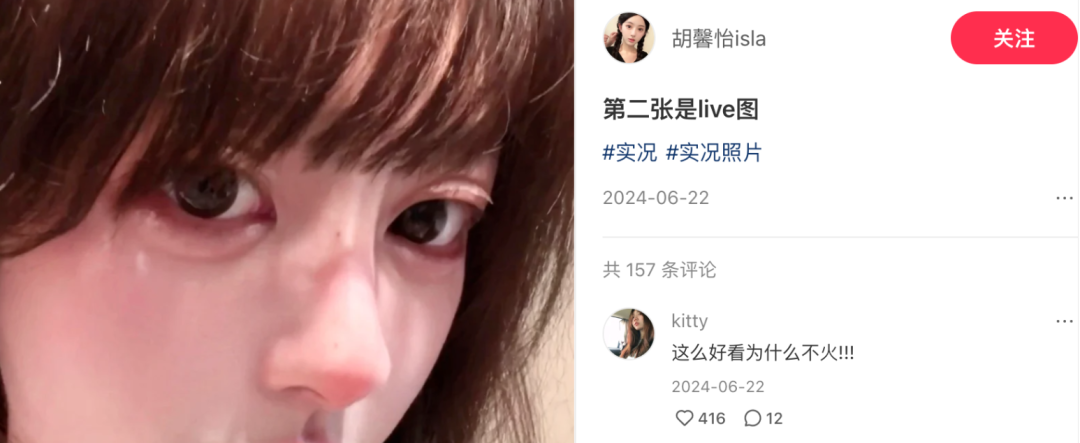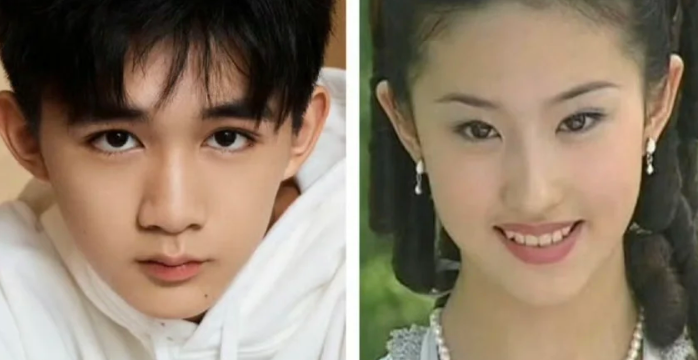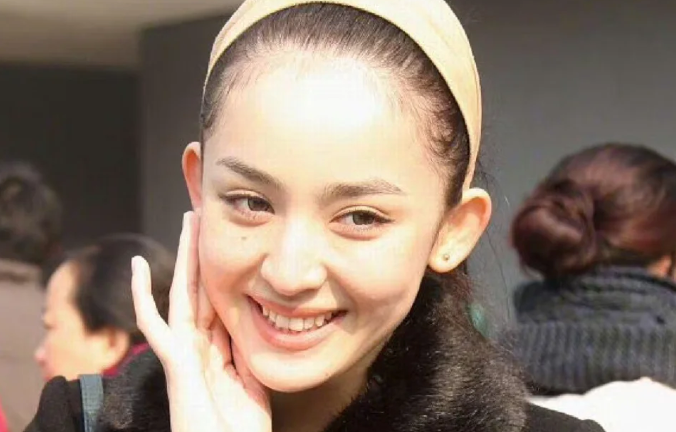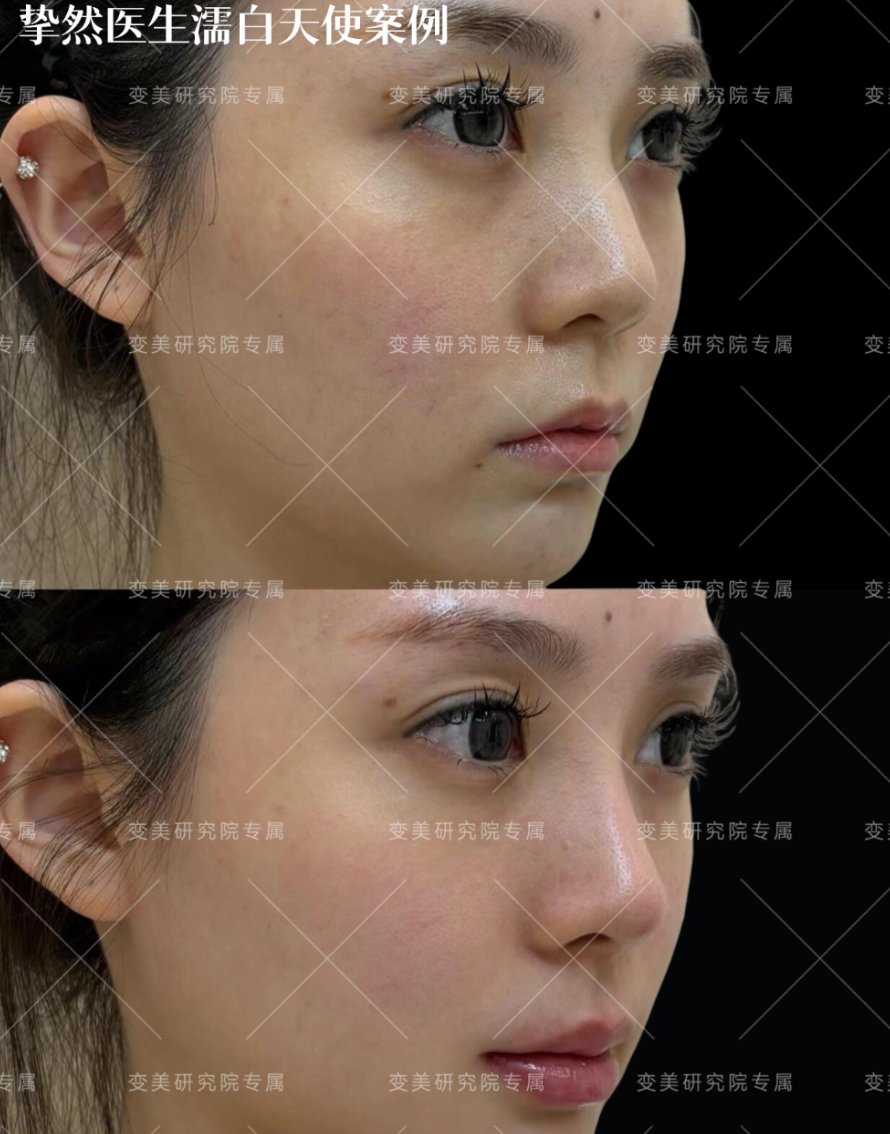1. Introduction to the Controversy
Recent online debates have centered on Hu Xinyi, whose exaggerated eye enlargement ignited discussions about cosmetic enhancement limits. While her initial appearance drew praise, inconsistencies in her “natural face” claims sparked scrutiny. This case underscores broader concerns about unrealistic beauty standards, extreme procedures, and ethical issues—particularly regarding underage patients in the cosmetic industry.
2. The Problem with Oversized Features
2.1 The Eye Enlargement Phenomenon
- Anatomical Reality: Human orbital bones constrain eye size. Double eyelid surgery can increase lid exposure, but bone structure remains unchanged.
- Uncanny Valley Effect: Eyes exceeding 12mm in height often create an unnatural “doll-like” appearance due to facial disproportion.
- Expression Limitations: Overly large eyes impair natural eye bag (aegyo sal) movement during smiling, resulting in a frozen expression.
2.2 The Eye Bag Paradox
Key Insight: Physiological eye bags (3-5mm height) form from moderate orbicularis oculi muscle bulk. Artificially inflated versions (>7mm) lack muscle texture and dynamic responsiveness.
3. Facial Harmony Fundamentals
3.1 The T-Zone Framework
- Midface Priority: Proper nasal bridge height (8-12mm), glabella projection (4-6mm), and lip proportion (1:1.6 ratio) create stronger visual impact than oversized eyes.
- Bone vs. Filler: Native bone structure provides 38% more natural shadow contrast than filler-enhanced features, crucial for 3D facial depth.
3.2 The Youthful Appearance Trap

Warning: Overfilled cheeks in youth require 72% more maintenance procedures by age 35 compared to conservative approaches.
4. Industry Red Flags
4.1 Underage Cosmetic Procedures

- Statistics: 11.12% of Q1 2022 cosmetic patients in China were under 20, with 63% receiving injectables without parental consent.
- Legal Loopholes: 78% of clinics accept forged guardian signatures, despite laws prohibiting non-therapeutic procedures on minors.
4.2 Material Misrepresentation

Deception Alert: “Temporary” fillers often last 18-24 months and require 3-5x more hyaluronidase for dissolution than advertised.
5. Science-Backed Enhancement Strategies
5.1 The 30% Rule

- Maximum lid exposure increase: 30%
- Canthal angle adjustment: ≤15 degrees
- Iris visibility: ≤80%
5.2 Material Selection Guide
| Filler Type | Duration | Dissolution Difficulty | Ideal Use |
|---|---|---|---|
| Hyaluronic Acid | 6-18 months | Moderate (15-75IU/mm³) | Lip/Cheek |
| Calcium Hydroxyapatite | 12-24 months | High (Non-dissolvable) | Chin/Jaw |
| PLLA | 24+ months | Extreme | Temple/Contour |
6. Recognizing Warning Signs
6.1 Visual Clues of Overcorrection

- Static-Dynamic Discrepancy: Features look perfect in photos but stiff in video.
- Shadow Abnormalities: Loss of natural under-eye triangle light reflection.
- Texture Mismatch: Glossy filler areas vs. matte natural skin.
6.2 Emergency Protocols

Immediate Actions if Experiencing:
- Sudden vision changes during procedures
- White/bluish skin discoloration
- Severe pain unrelieved by NSAIDs
Protocol: Apply nitroglycerin paste (2%), massage toward the heart, and seek hyaluronidase within 90 minutes.
7. Sustainable Beauty Practices
7.1 The 5-Point Facial Analysis
- Front view symmetry (≤2mm deviation)
- Profile convexity (165-175° nasofacial angle)
- Skin tension (pinch test recoil <2sec)
- Dynamic muscle coordination
- Native feature proportionality
7.2 Non-Invasive Alternatives
- Microcurrent Therapy: 68% improvement in eye bag appearance after 8 weeks.
- Topical Retinoids: 0.05% retinaldehyde increases collagen density by 41%.
- Facial Yoga: 12-week programs reduce eye filler dependency by 33%.
8. Conclusion: Redefining Beauty Standards
True aesthetic enhancement respects anatomical reality while optimizing natural assets. By prioritizing facial harmony over isolated feature exaggeration and demanding stricter industry regulations, we can cultivate both beauty and long-term health. Remember: the most compelling faces tell authentic stories through balanced proportions and expressive mobility—qualities no needle can artificially replicate.
